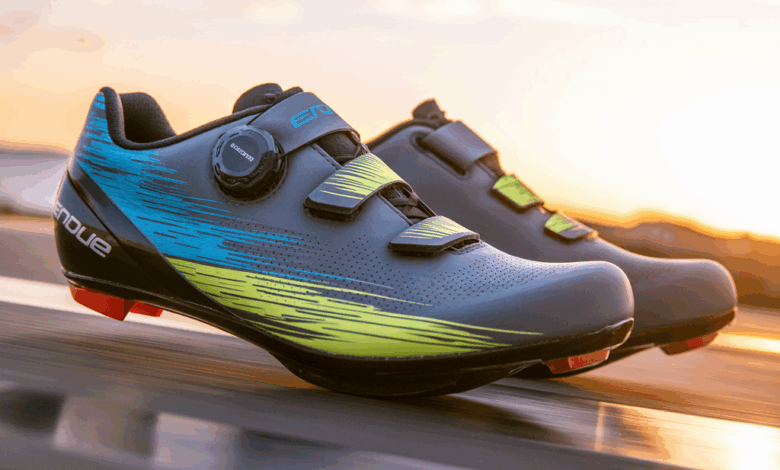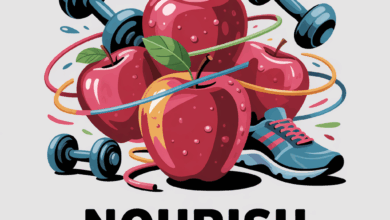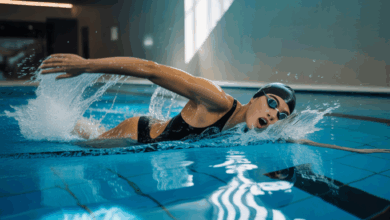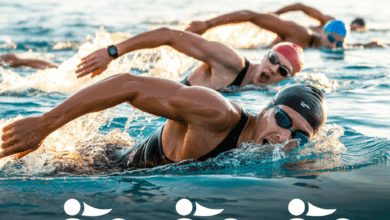Triathlon Bike Shoes for Best Comfort: Find the Perfect Fit for Faster, Pain-Free Rides

Ever hit the bike leg of a triathlon and felt numb toes, hot spots, or aching arches five minutes in? If that sounds familiar, you’re not alone—and the right pair of triathlon bike shoes for best comfort can be a game-changer. Whether you’re training for your first sprint or chasing a long-course PR, comfortable tri shoes boost power, reduce fatigue, and make transitions smoother.
Why comfort matters: more than just a soft insole
Comfort in triathlon cycling footwear isn’t just about padding. It’s the combination of fit, sole stiffness, ventilation, cleat position, and how quickly you can get in and out during transitions. A shoe that supports efficient power transfer while preventing pressure points helps maintain cadence and stamina across long rides and brick workouts.
Key comfort factors to consider
- Fit and last: Look for shoes with the right volume and width—some brands offer wide-fit triathlon shoes for athletes with broader feet.
- Closure system: BOA dials, Velcro straps, or a mix—BOA gives micro-adjustability while Velcro is quick in transitions.
- Sole stiffness: Stiffer soles improve power transfer; moderately stiff soles add comfort for long training days.
- Insole and arch support: Removable insoles let you customize with orthotics or more cushioned options.
- Ventilation and drainage: Breathable, quick-dry uppers prevent blisters and keep feet cool in hot races.
- Cleat compatibility: Check for 2-bolt (SPD) vs. 3-bolt (SPD-SL/Look) compatibility depending on your pedals.
How to choose triathlon bike shoes for best comfort
Choosing the right pair requires a blend of objective checks and personal preference. Here’s a step-by-step approach that works for most athletes.
1. Measure and test for real-world fit
Measure your feet at the end of the day when they’re slightly swollen, and always try shoes on with the socks you plan to race in. Walk, pedal on a trainer, and mimic transitions—practice slipping them on without wasting time. A snug heel, spacious toe box, and no pinching across the metatarsal area are signs of a good fit.
2. Prioritize closure systems for your skill level
If you’re new to triathlon, Velcro straps can save time and reduce hassle. Intermediate and advanced racers may prefer BOA dials for precise micro-adjustments that lock in comfort without hotspots.
3. Opt for the right sole stiffness
For sprint and Olympic distances, a balance of stiffness and cushioning is ideal. For longer training rides or iron-distance events, consider a slightly more forgiving sole that reduces foot fatigue over hours in the saddle.
Practical comfort upgrades and accessories
Don’t underestimate small changes. These upgrades make a massive difference in comfort and can often be swapped between shoes.
- Custom or aftermarket insoles for added arch support and shock absorption.
- Cleat shims to fine-tune fore-aft cleat position and relieve pressure on metatarsals.
- Thin socks or sockless options with anti-slip heel tabs to reduce bulk.
- Quick-dry socks for long training sessions to prevent blisters.
Training tips to test comfort and avoid foot issues
Test shoes in training before race day. Use these sessions to identify hotspots and make adjustments.
Brick workout variation: comfort-focused
- Warm up: 10 minutes easy spin.
- Bike: 40 minutes at steady endurance pace in your tri shoes to simulate race time in the saddle.
- Run: 15-minute easy run off the bike to check for any transfer of foot discomfort to your gait.
- Cool down and stretch feet, calves, and hamstrings.
Repeat this once a week. If discomfort persists after multiple sessions, stop using those shoes for race day.
Real-world examples: what triathletes say
Coach Emma, who coaches age-group triathletes, recommends testing shoes during long rides and keeping the first ten minutes of any new pair light and exploratory. Amateur triathlete Alex switched to a breathable, wide-fit tri shoe with a BOA system and noticed reduced numbness and better sprint power during transitions—helping shave minutes off his sprint-time results.
Healthy lifestyle tips for happier feet
- Maintain foot mobility with daily toe spreads and ankle circles to prevent stiffness.
- Keep body weight in check to reduce constant pressure on the forefoot during bike training.
- Prioritize sleep and anti-inflammatory foods (omega-3s, leafy greens) to speed recovery after hard rides.
- Inspect and replace worn shoe soles and insoles—old gear can create pressure points even if the upper still fits.
Frequently Asked Questions
1. How tight should triathlon bike shoes feel?
Shoes should feel snug but not painful. You want minimal heel slip, secure midfoot lockdown, and enough room in the toe box to wiggle your toes slightly. If you experience numbness or pins-and-needles, loosen the closure or try a different last or size.
2. Are triathlon shoes different from regular cycling shoes?
Yes—triathlon shoes are designed for quick entry/exit and often use Velcro straps or minimalist uppers for faster transitions. They may also offer different venting and footbed designs to accommodate sockless use and quick-drying needs.
3. Can I use running insoles in my triathlon bike shoes?
In many cases, yes. Swapping in thinner, high-quality running insoles or custom orthotics can improve comfort and address arch support issues. Make sure they don’t raise your foot too high, which could affect cleat alignment or pedal feel.
Conclusion — take the next step toward comfortable racing
Finding the right triathlon bike shoes for best comfort is a powerful upgrade for any triathlete. Test shoes on the trainer, prioritize fit over flashy features, and use small accessories to dial in comfort. When your feet feel good, your power and confidence go up—and race day becomes about performance, not pain.
Ready to upgrade? Try a short bike test with several models, then use a brick workout to confirm. For more training ideas, check out our workout routines, fuel smarter with our nutrition guides, and support recovery using tips from our wellness tips page. Share your experience or ask a question in the comments—let’s get you comfortable and faster on the bike.





